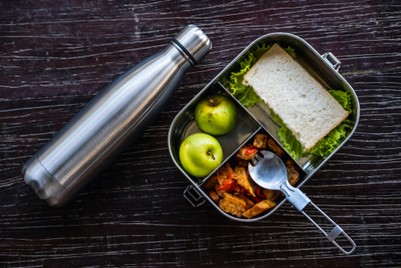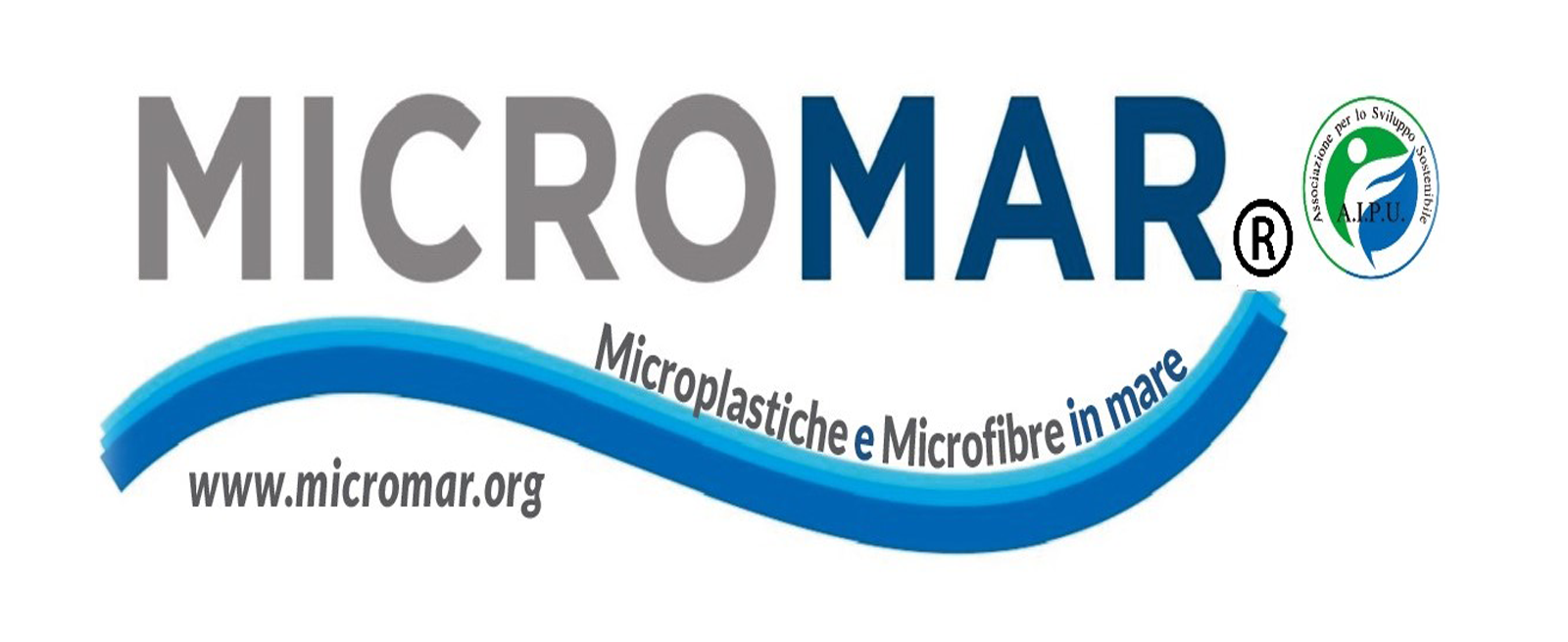4. Creating Plastic-Free School Meals and Canteens
 Single-use plastics and plastic items are often common in school cafeterias and lunch boxes. If your student is bringing lunch to school: Look around your home for reusable items before purchasing new ones. Consider:
Single-use plastics and plastic items are often common in school cafeterias and lunch boxes. If your student is bringing lunch to school: Look around your home for reusable items before purchasing new ones. Consider:
• Portable, sealable, stainless steel food containers are great substitutes for typical single-use plastic zip-lock bags, plastic wrap, or aluminum and plastic containers
• Homemade reusable stainless steel utensils, bamboo utensils, and stainless steel or glass straws are great, long-lasting alternatives to their harmful single-use plastic counterparts.
• Reusable stainless steel water bottles are a durable choice for students, they are also healthy, durable, affordable, and easy to use and clean. Consider stainless steel bottles, each with a unique look to appeal to students of all ages, from toddlers to teens. Research shows that there is at least 50% more microplastic in bottled (plastic) water than tap water, and plastic bottles, like all plastics, contain chemicals that are harmful to human health. And buying plastic bottles is expensive, while reusable water bottles filled with filtered water save money.
• Beeswax wraps can cover food scraps and fold into a convenient pocket to hold snacks. To care for beeswax wraps, simply wash them with non-toxic soap and cold water and let them dry before reusing. Replace beeswax wraps when they look worn out (they are compostable).
Reusable glass containers are another good alternative to plastic and can also be very cost-effective if reused, such as jam or jelly jars. However, we do not recommend glass for young children as it can be dangerous if broken, which is why stronger stainless steel is usually a better option. Encourage schools to take steps to eliminate plastic at mealtimes.
Let's take action!
Let's advocate for broader system change to eliminate plastic pollution from schools.
Four ways to start producing less plastic at school - Reuse of containers
Article Index
Page 5 of 5


 English (United Kingdom)
English (United Kingdom)  Italiano (it-IT)
Italiano (it-IT)